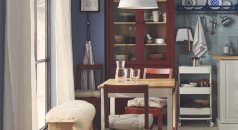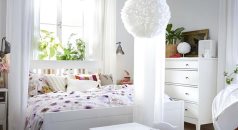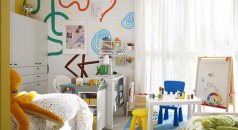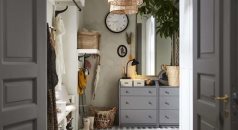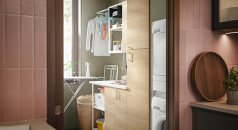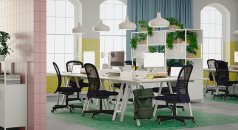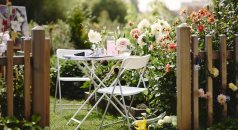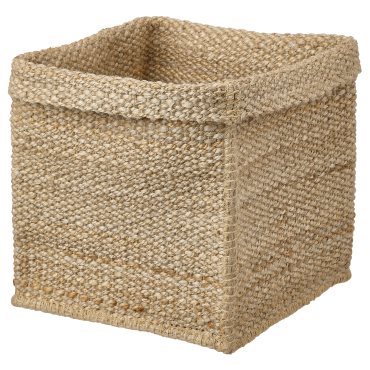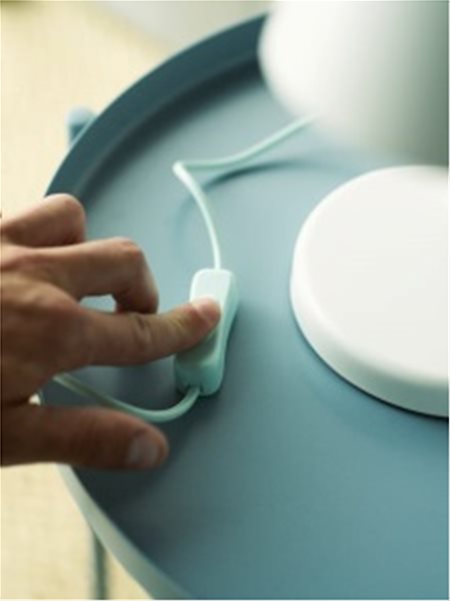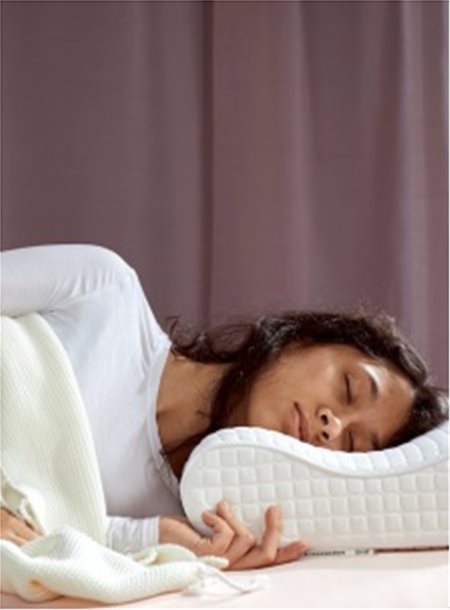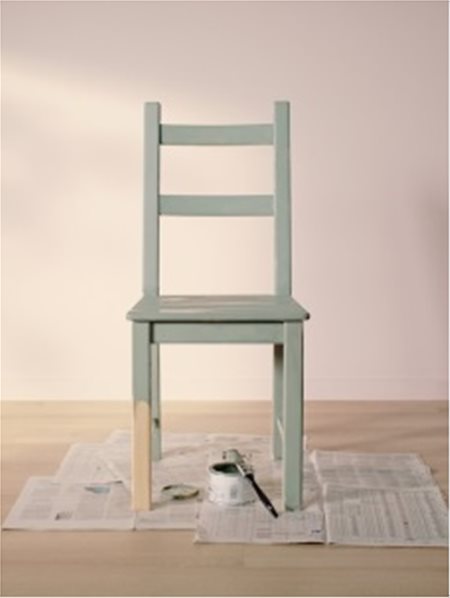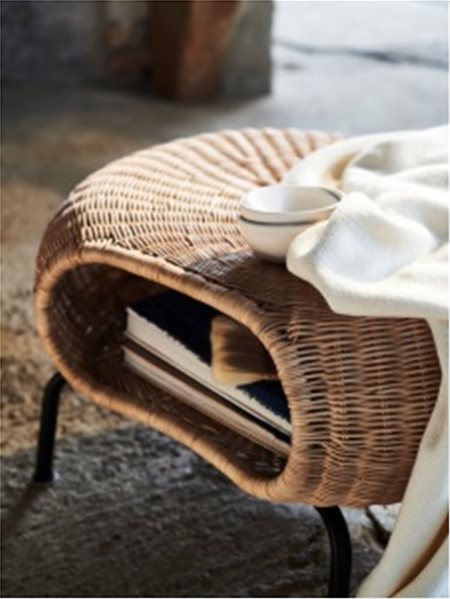How to choose more sustainable materials
The ambition is that, by 2030, all materials in IKEA products will be renewable or recycled. Even today, it’s easier than ever to find affordable, high quality home furnishings that are more sustainable. In fact, 70% of materials IKEA used are made from recycled or renewable materials (10% recycled, 60% renewable) with a goal to be 100% by 2030.
New ways to think about plastic
Plastic has many benefits – it’s strong, durable, lightweight and versatile. But disposal can be a pollution headache. The answer is to find more sustainable alternatives wherever possible.
After all, is a plastic straw really needed when a paper straw – based on wood from sustainably managed forests – can do the same job?
With this in mind, the IKEA home furnishing range and food-service areas phased out items made from single-use plastic at the start of 2020. Materials for disposable products such as straws, cutlery, cups and plates now come from renewable sources.
In cases where plastic is still needed, the aim is to use only renewable or recycled plastic by or before 2030. PLA (polylactic acid) plastic, for example, is made from renewable sources like corn, sugar beet and sugar cane.
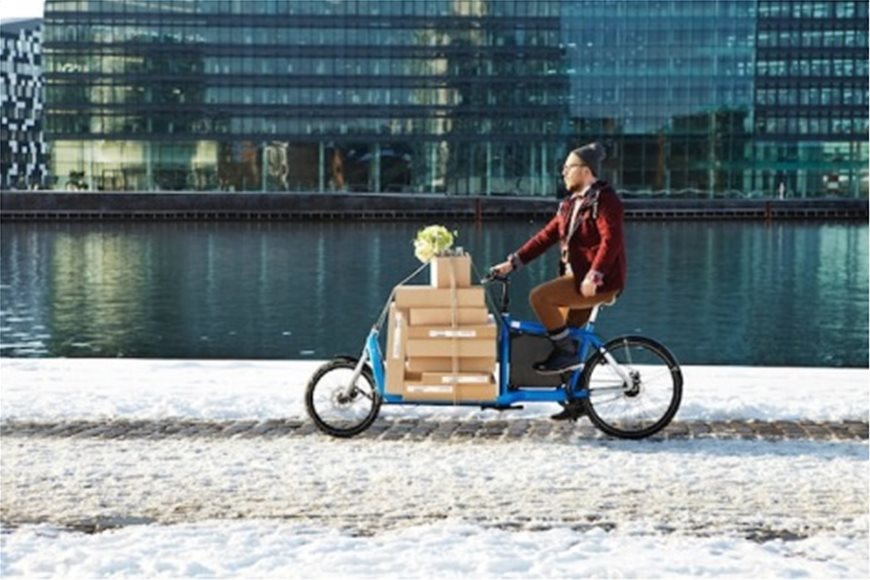
Did you know?
Our products are transported in flat-packs so we get more items in each load. This results in fewer journeys which equates to less fuel consumption and fewer emissions.
Naturally better materials
Many people prefer to use natural materials at home, especially in bedding products that are close to your skin.
For good reason, cotton is a popular choice in the bedroom and in the bathroom. Since 2015, all cotton in IKEA products comes from more sustainable sources. This means that the production requires less pesticide and fertiliser. Much work continues into the development of even more efficient cultivation practices and better water management.
The IKEA philosophy is that less waste translates to lower prices. And perhaps an even more sustainable practice is to get creative with waste itself. Water hyacinth, coconut husk and seagrass are usually treated as weeds or waste. Yet these renewable materials and others can become useful, distinctive products.
In short, you can choose many natural fibres with confidence. You can enjoy all the comfort, personality and resilience that enhances your life at home – safe in the knowledge that nature is well looked after, too.
See all textiles
Working wisely with wood
Ever wondered why you see so much wood in the IKEA product range – the solid-pine IVAR storage system, for example?
Wood is a great material with which to create sturdy, long-lasting furniture that’s full of character. You can sand it, stain it or paint it to extend the life of the furniture. Eventually, you can even turn the wood into something else entirely.
Best of all, wood is a renewable resource – if grown and used responsibly. All IKEA wood complies with the IWAY Forestry Standard, which bans sources involved in forest-related conflicts or illegal harvests. And, by the end of 2020, all will be FSC (Forestry Stewardship Council) certified.
With this durable, renewable and recyclable material – that’s great to use and to look at – wood furniture can be a sustainable choice to make. Long into the future.
See the IVAR system

From plastic bottles to kitchen doors
Avoiding waste and using resources efficiently, is part of the IKEA way of working. Meet KUNGSBACKA, kitchen fronts made from recycled wood and recycled PET bottles.
Products with material benefits
Throughout the IKEA range, there’s a wide variety of products that show how recycled or renewable materials can be an everyday part of your home furnishing. Here are a few of them.



